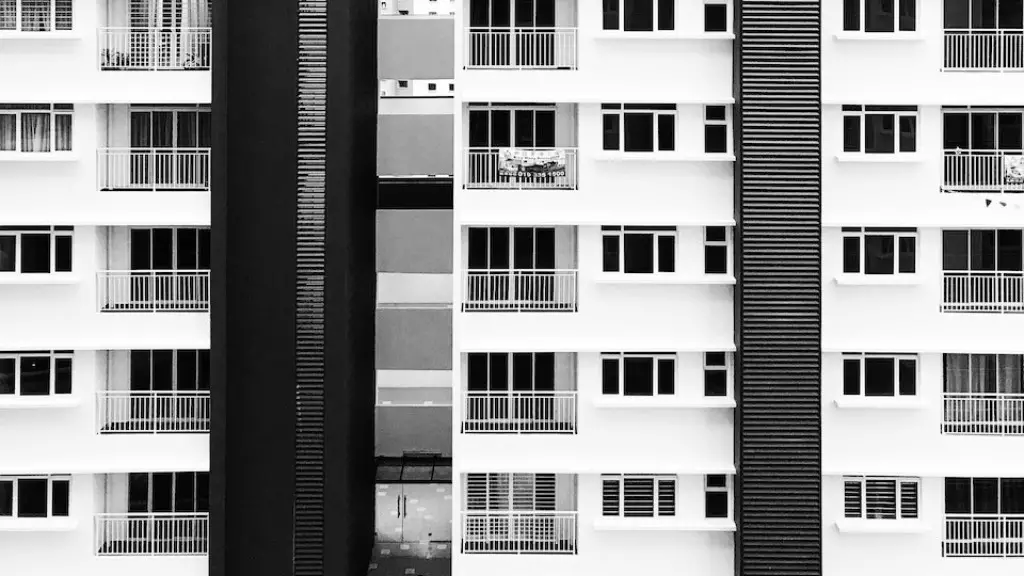Notre Dame Cathedral is considered one of the most iconic and famous cathedrals in the world. Built in the 12th century, Notre Dame Cathedral is widely considered the greatest of all French Gothic cathedrals, and is a defining symbol of Parisian culture and art. Designed in the Romanesque-Gothic style, the cathedral’s majestic presence has been admired for generations, inspiring awe and wonder in visitors from around the world.
Gothic architecture is a style of architecture popular in Europe in the 12th-15th centuries. It Prioritised vertical components over horizontal features, including tall spires, pointed arches, ribbed vaults and delicate tracery. Gothic cathedrals were often constructed using intricate systems of vaults and flying buttresses, allowing the walls and windows to be tall and thin without compromising their structural integrity. Constructed at the beginning of the 13th century, the exterior of Notre Dame Cathedral is most of a prototypical example of Gothic architecture. Gothic architecture reached its apex in Notre Dame, incorporating a complex system of towers, arches, spires, rib vaults and flying buttresses.
Notre Dame Cathedral stands today as a testament to the architectural ingenuity of the 13th century. It has a length of 130 meters and width of 48 meters. Its two towers measure 69 meters. The pointed towers are a typical feature of Gothic architecture, acting as the main architectural feature of the facade. Inside, the cathedral features many styles of artwork, from the sculptured light of the windows to the ornate alters to the intricate carvings along the walls and columns. The rose windows placed in the facade of the building are a particularly beautiful feature, representing a highly intricate and innovative technique of medieval glass making.
Notre Dame Cathedral was built with the knowledge and technology of its time in order to impress visitors and function as a place of worship. It was built to awe in its beauty and structure, with its pointed arches, flying buttresses and intricate sculpture. The windows and carvings of Notre Dame were built with a mix of artistry and precision to create a magnificent visual effect. Notre Dame stands as a monument to beauty and architectural precision, a romantic embodiment of the medieval period’s fascination with art, nature and faith.
The Notre Dame Cathedral has a long history of renovations and repairs over the centuries, as changing times, needs and trends caused various changes to the original structure. The most famous examples of this are Eugène Emmanuel Viollet-le-Duc’s renovations in the 19th century. Viollet-le-Duc redesigned parts of the building and installed gargoyles to the facade along with other repair and additions, with much of his work surviving the devastating fire of 2019.
The Notre Dame Cathedral, though damaged by fire, stands today as a lasting legacy of Gothic architecture and medieval artistry. Its illustrious and insightful architecture, stained glass windows and sculptured galleries continue to amaze visitors to this day. Though significantly damaged by the fire of 2019, it is expected that the cathedral will eventually be restored to its former glory and will once again embody the medieval beauty, faith and architectural perfection of Gothic cathedral tradition.
Preservation Efforts
In the wake of the 2019 fire that damaged the Notre Dame Cathedral, many preservation efforts were undertaken to protect the beloved landmark. Funds and donations from around the world poured in, allowing for restoration and repair efforts to begin. In November of 2019, the cathedral was declared safe from further collapse. Masonry work began in 2020, and many of the sculptures and windows could then be removed for preservation and cleaning.
Organisations such as the World Monuments Fund and UNESCO have been working to support the restoration of the Notre Dame. The World Monuments Fund and launched an emergency conservation campaign to protect the fragile prized artworks at Notre Dame, raising funds to help clean and restore the collection. UNESCO has also been contributing significantly to the preservation efforts, helping raise funds and coordinating with various preservation organizations.
The repair process at Notre Dame has been an ongoing effort. Severely damaged sections such as the Great Organ were removed for preservation, then partially reconstructed and returned. Carpenters, sculptors and other artisans have been brought in to help with the restoration process, using modern technology and traditional methods to piece the cathedral back together. So far they have been making significant progress, allowing the cathedral to slowly but surely return to its former glory.
Cultural Significance
The Notre Dame Cathedral has been a symbol of richness, pride and faith for hundreds of years. Its significant cultural importance and spiritual resonance have served to unite people of all backgrounds and beliefs. It has come to embody the vast history of Paris, acting as a reminder of its unique cultural identity.
Due to its historical importance, Notre Dame has been the subject of countless works of art, literature and film. Its facade has graced the pages of books such as Victor Hugo’s Hunchback of Notre Dame, which tells the heartbreaking story of an outcast living in the cathedral’s shadows. It has also featured prominently in films such as The Hunchback of Notre Dame, Jean de Florette and The Dreamers. The cathedral has even been featured on the silver screen in fan-favourite films such as National Treasure.
Notre Dame has also served as a stage for significant historical events, particularly during the French Revolution. During this period the cathedral was desecrated and abused, with many of its treasures pillaged or destroyed. Despite this, the cathedral survived and eventually regained its former grandeur. It is a symbol of resilience and perseverance in the face of adversity.
Restoration Challenges
Ultimately, the goal of Notre Dame’s restoration is to preserve its beauty and structural integrity while ensuring its cultural and spiritual heritage remain intact. This poses significant challenges, as some of the original structures and materials used in the cathedral’s construction are no longer available. Restoration workers are doing their best to source materials that match the originals as closely as possible in order to preserve the cathedral’s unique features.
Of particular concern is the cathedral’s stained-glass windows, which sustained heavy damage during the fire. Fortunately, many were left intact, and workers are attempting to clean and restore them to their former glory. However, some of the more severely damaged windows cannot be re-created, and so must instead be replaced with similar designs.
There are also the questions of how best to protect the remaining structures, and what processes to use in order to avoid future disasters. After the fire of 2019, experts have placed an emphasis on fire prevention measures, such as the installation of sprinklers and sensors, as well as appropriately trained staff with the knowledge and skills to respond to potential disasters.
Tourism and Visits
The Notre Dame Cathedral has long been one of the most visited landmarks in Paris, with millions of people flocking to it each year. The visitors come from around the world, visiting the cathedral to take in its magnificent beauty and grandeur. Following the fire of 2019, the cathedral has seen steep decreases in visitor numbers, although the number of visitors is slowly increasing as the restoration process advances.
Though the cathedral remains open for visitations, visitors must adhere to strict social distancing guidelines and take appropriate safety precautions such as wearing face masks and maintaining a safe distance from other people. Visitors are also prohibited from entering certain sections of the cathedral, as these areas are off-limits due to ongoing restoration works. Of course, the safety of visitors is of utmost importance, therefore tour groups are limited to small numbers and tours must be booked in advance.
The Notre Dame Cathedral captures the imagination of millions of people each year. Its grand artistry, extensive history and sheer beauty make it an important part of Parisian culture and the world. Its iconic facade and complex architecture continue to inspire and amaze, and it is certain to remain a symbol of Paris and Gothic architecture for generations to come.
Supporting Conservation and Preservation
The Notre Dame Cathedral has been an integral part of France’s cultural heritage for centuries. It is a beloved symbol of Paris and all that it stands for. It is, therefore, essential that conservation and preservation efforts be undertaken in order to ensure its survival for many years to come.
Several organisations are already working to protect and restore the Notre Dame Cathedral through various funding and conservation efforts. The public can contribute to these efforts by donating to these organisations and supporting the restoration of the Notre Dame Cathedral. By doing so, we can ensure the long-term preservation of this iconic landmark and keep its spirit alive for generations to come.
Citizens of France and of the world can also support the preservation of Notre Dame by visiting the cathedral and respecting the safety guidelines that are in place. Visiting the cathedral allows people to pay their respects to its cultural and historical importance, as well as to appreciate its artistic beauty and grandeur, even from a distance. By visiting the Notre Dame Cathedral, we can show our support for the preservation of this legacy.
Conclusion
Notre Dame Cathedral is an iconic symbol of France’s culture and history, and its significance around the world is undeniable. Over centuries, the cathedral has been the subject of many works of literature and art, inspiring people of all walks of life. Despite the devastating fire of 2019, many conservation efforts are currently underway to restore and preserve the Notre Dame Cathedral. Organizations and individuals around the world are working together to protect this important landmark, and citizens of France and beyond can show their support by visiting the cathedral and contributing to preservation efforts.





